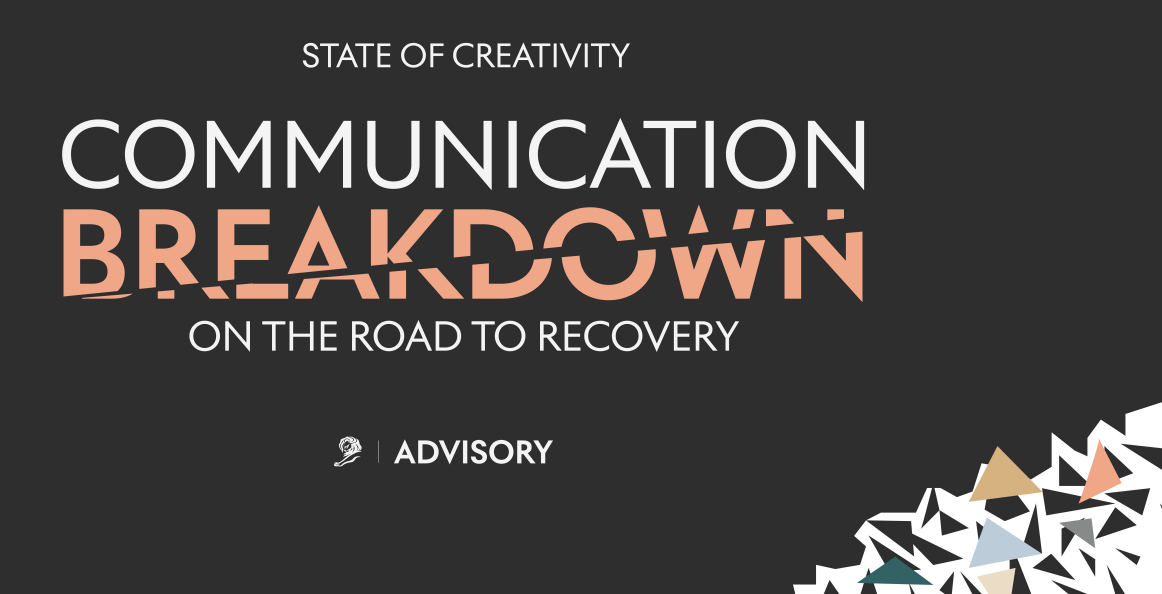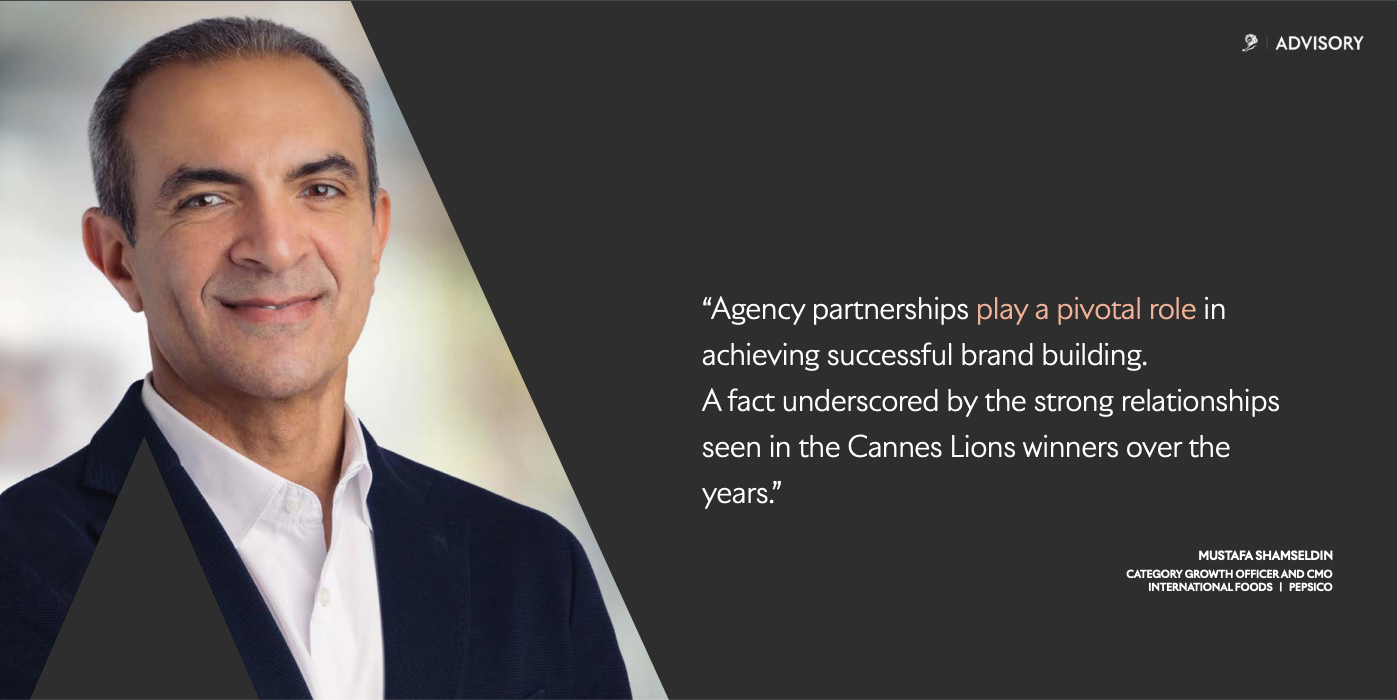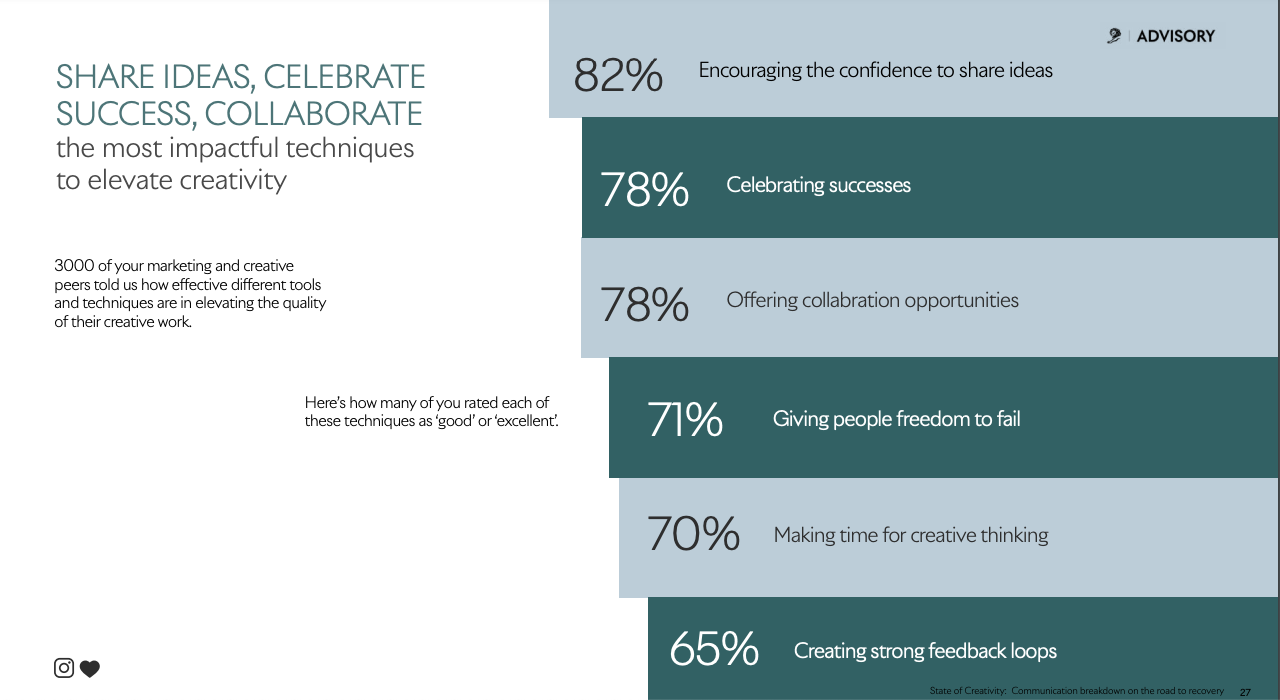
LIONS has released its annual State of Creativity 2024 report.
It sheds light on the current state of the creative industry, based on a survey of 3000 marketers and creatives worldwide.
Despite a more optimistic outlook on growth and marketing investment compared to the previous year, the report highlights tensions in significant relationships within the industry.
While there’s a sense of positivity regarding growth and investment, underlying tensions in key relationships present challenges that need to be addressed.
The report aims to identify these areas of concern and offer actionable insights and solutions, drawing from the experiences of brand and agency leaders who have successfully navigated similar challenges.
The seminal piece of research and the largest study of its kind is an insight-led toolkit designed to enable senior marketers to quickly understand the creative landscape with functional advice on how to drive business growth using creativity.
The study is titled Communication Breakdown On The Road To Recovery, and Spencer Fox, SVP, Business Lead, Advisory, LIONS said: “This is a unique window into the global creative landscape, and what we’re seeing is that although the sentiment is outwardly optimistic, inwardly the industry is at odds. There’s optimism around progress and investment, but tensions that need to be worked through if we’re going to realise the potential of creativity as a growth driver. Essentially, there’s a communication breakdown.”

Navigating tensions in the creative industry
Last year, pressing macroeconomic concerns stifled the creative industry’s ambitions and forced budget cuts, but in 2024, a much more positive story emerges.
Businesses are reporting promising growth and an increase in marketing investment, with 51 per cent of brand and agency respondents saying they anticipate stronger growth this year.
However, the opportunity to capitalise on this with groundbreaking creative work might be at risk, with responses revealing two growing tensions driving a wedge between key creativity stakeholders.
This year’s study revealed that there are glaring discrepancies in how brands experience the agency–client relationship compared to their agency partners.
When asked about the partnership, brands expressed a more positive attitude towards it, while creative partners painted a starkly different picture. It suggests that brands are less in the know of the reality of their situation.
Senior leadership was the second target of criticism. Brand-side respondents expressed difficulty in getting executives to embrace creativity.
This was attributed, in part, to an absence of creative people in the boardroom, with more traditional, risk-averse marketers taking seats. Despite the majority of people wanting to push the boundaries of their creative work, conservative leaders make them feel like they can’t.
Balancing creativity and business objectives
Fox said: “Our findings show that brands predicting higher growth for 2024 are 6 times more likely to prioritise creativity, are 4.6 times more likely to have a higher marketing spend than 2023 and put more investment into brand building. It’s consistent evidence for the business case for creativity.”
Providing a comprehensive view of the trends and drivers shaping the business of creativity, the study has been informed by a global survey of close to 3,000 creatives and marketers, along with 1:1 conversations with leaders from across the industry.
Future investments and what’s next?
Despite challenges, the upcoming year is filled with potential.
AI, social commerce, and targeting interest-based communities are the key areas seeing the biggest increase in investment by the brands predicting growth.
The increasing investment in these key areas signals a strategic shift towards leveraging technology and consumer behaviour trends to drive growth.
You can view the full report here.










